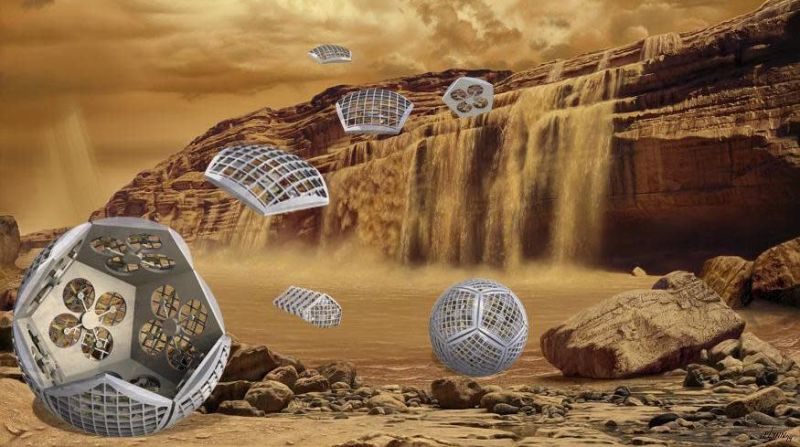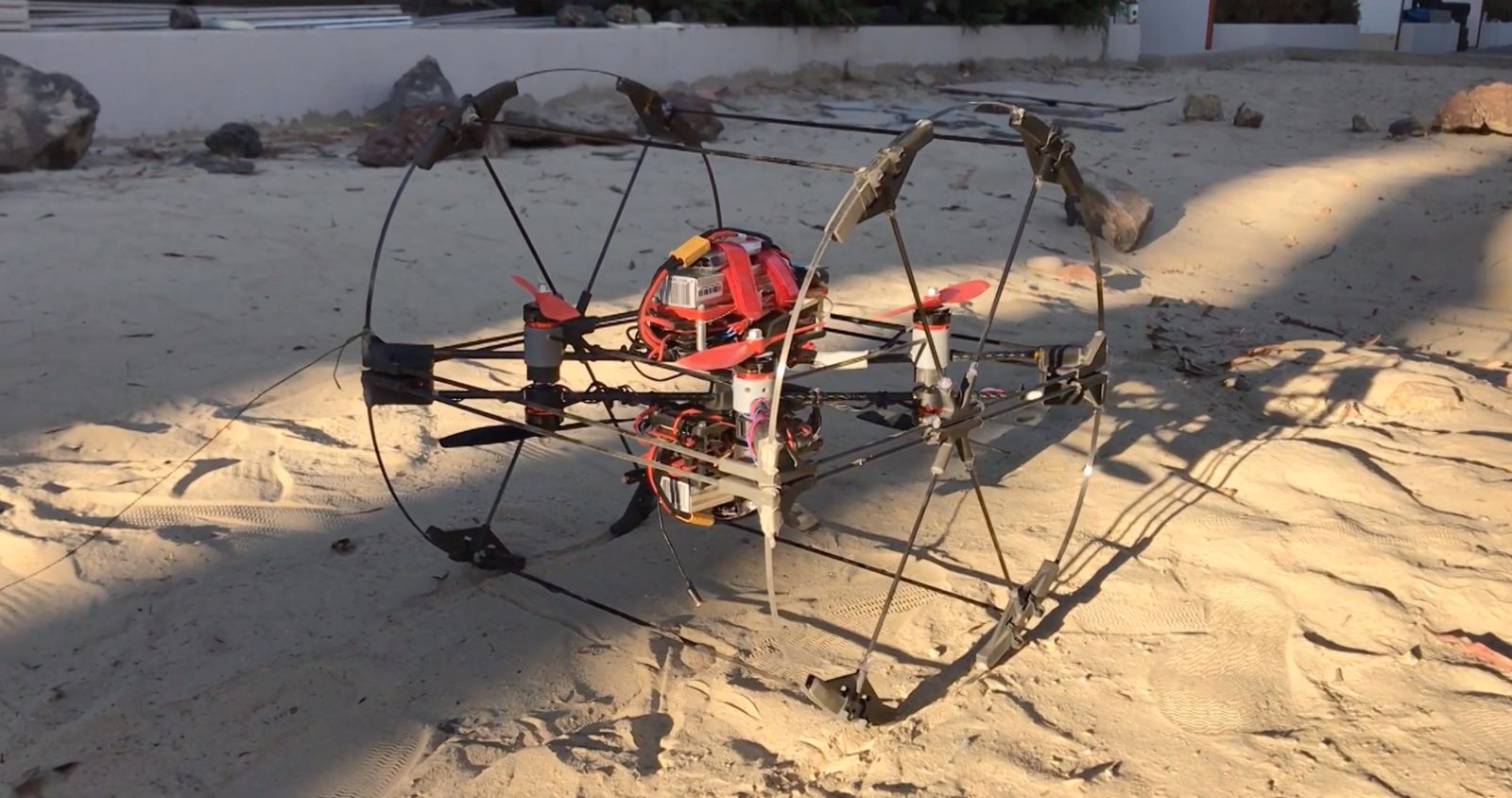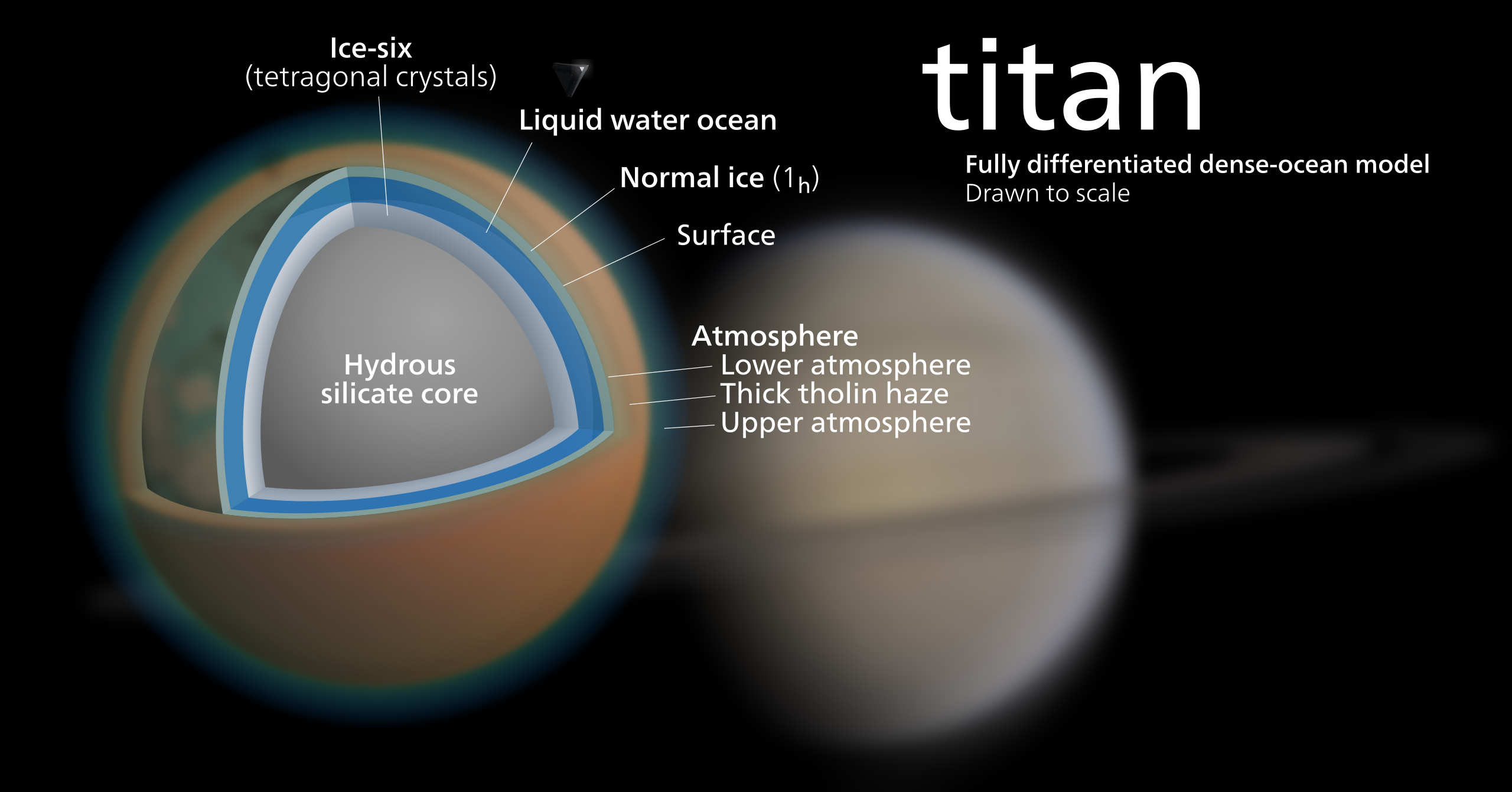
Mini robots that can roll, fly, float, swim, and even come together to morph
into a single machine, may seem like something straight out of a
science fiction movie. However, if a team of NASA scientists has its
way, the self-assembling Shapeshifter may soon be exploring treacherous distant worlds in search of alien life.
Still in its preliminary stages, the flying, amphibious robot is the brainchild of NASA’s Jet Propulsion Lab roboticist, Ali Agha and researchers from Stanford University and Cornell University. The team's first prototype, unveiled on October 9, 2019, comprises two flight-capable drones, or "cobots," that fit together perfectly, like a puzzle, inside a pipe-frame cylinder structure. The circular robot can roll like a barrel, easily navigating stretches of flat or hilly terrain. When needed, one cobot can detach itself and, using the other as a launchpad, fly skyward with the help of its propellors.

The researchers envision the final version will have several cobots capable of forming different configurations to reach currently inaccessible space terrains. In addition to flying, the tiny machines will also be able to form a daisy chain to
maintain contact with the surface and even morph into swimming robots.
When their mini-missions are completed, the cobots will come together
into a giant ball and roll to their next destination.
"It
is often the case that some of the hardest places to get to are the
most scientifically interesting because maybe they're the youngest, or
they're in an area that was not well characterized from orbit," said Jason Hofgartner, JPL lead scientist for Shapeshifter. "Shapeshifter's remarkable versatility enables access to all of these scientifically compelling places."

The
morphing robot, which will be submitted for approval for further
development to the NASA Innovative Advanced Concepts (NIAC) research
program in 2020, is a long way from becoming a reality. However, if
Shapeshifter works as hoped, researchers plan to send the robots to
Saturn aboard NASA's Dragonfly drone, which is scheduled to launch in
2026. While the spacecraft will fly through the atmosphere of the ringed
planet's moon Titan in search of organic molecules that could hint at
signs of life, the Shapeshifters will conduct a similar quest on Titan's surface.
"We have very limited information about the composition of the surface. Rocky terrain, methane lakes, cryovolcanoes — we potentially
have all of these, but we don't know for certain," said Agha. "So we
thought about how to create a system that is versatile and capable of traversing different types of terrain but also compact enough to launch on a rocket."

(Credit: Ali Agha, Jose Mendez, JPL)
Titan
is of particular interest to scientists because it is the only other
world in the solar system known to have liquid. Even more interesting,
Titan's rain, rivers, lakes, and seas are made of liquid methane and ethane, which can both be found on Earth as well. Researchers also suspect that its thick, dynamic, and freezing atmosphere contains caves and even icy volcanoes that emit ammonia or water, instead of magma. The findings have caused experts to wonder if Saturn's largest moon may be harboring life. Will Dragonfly and Shapeshifter finally be able to confirm that aliens exist? Stay tuned!
Sowmya Kolluru
No comments:
Post a Comment
Note: Only a member of this blog may post a comment.